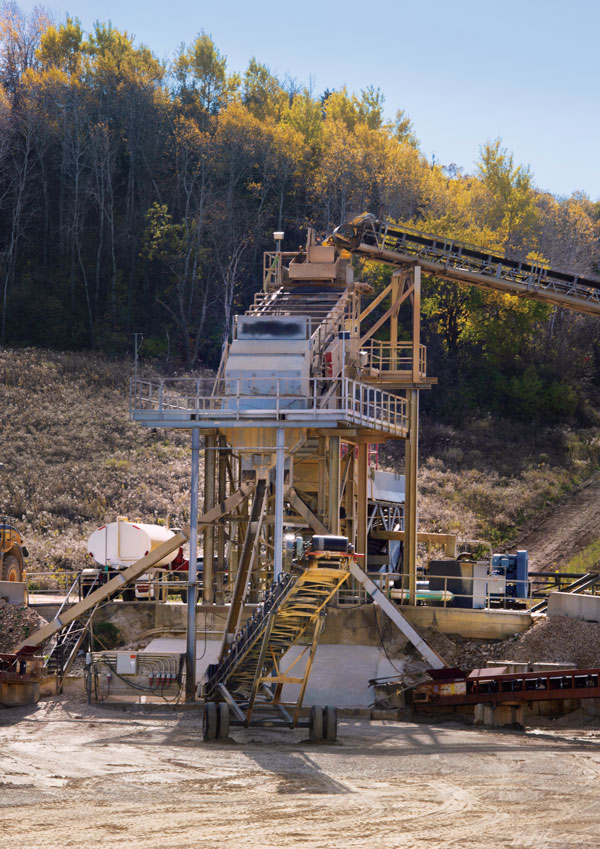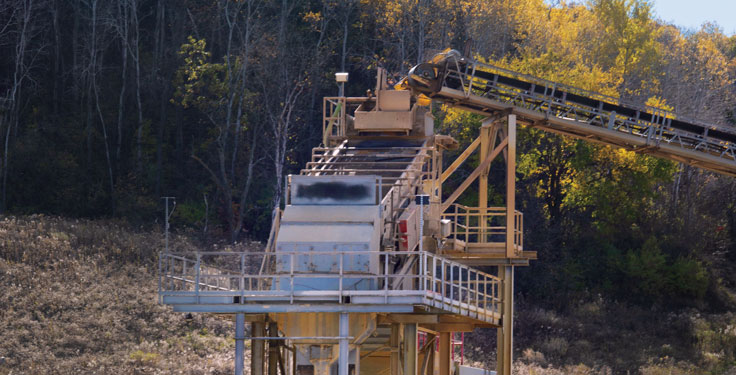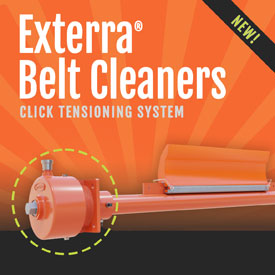
Half of 2023 is complete, and equipment dealers largely feel good about how the first six months of the year played out.
Customers are busy. Healthy backlogs are in place. And the road ahead looks promising overall.
Dealers, however, are keeping an eye on a few dynamics that could change their business trajectory.
“Right now, everybody is still busy,” says Matt Dibble of Dibble Equipment, which serves New York, Pennsylvania, New Jersey, Maryland and Delaware. “There’s starting to be a little bit more cautiousness in terms of what’s six to 18 months out.
Things have been steady and business has been strong, but we’re still dealing with inflation and high interest rates. At some point, that’s going to catch up.”
In the West, Mike Murphy of ACS (Aggregate Crusher Specialists) is seeing a little more caution from customers than he has in recent years. The 2024 elections, for one, are already weighing on some minds.
“I know a couple of customers have made the comment that they have to do some projects, but they’re probably going to wait a year or two,” says Murphy, president of ACS, which serves California, Nevada, Arizona, New Mexico and Hawaii. “Prices are up significantly. With everything coming up next year, maybe they’ll just wait and see what happens.”
Fortunately, the good times are still rolling industrywide.
As Dibble describes, opportunities to sell and service equipment remain plentiful because producers are running their plants at capacity. That dynamic gives dealers the confidence to proceed into 2024 without making wholesale changes to their businesses.
“We’re moving forward as if [the current business environment] is going to continue,” says Kirk Rainbolt, CEO of Kimball Equipment Co., which serves California, Nevada, Utah, Arizona, Idaho, Oregon and Washington. “We’re moving forward with the same level of equipment purchases and long-term strategic planning as we have in the past.
“Think about it this way,” Rainbolt adds. “The inventory we’re seeing delivered today is equipment that we placed purchase orders for 12 months ago. That will continue moving forward. We would expect to see inventory placed for today in the second quarter of 2024. Our strategy hasn’t changed.”
New-world planning
One industry change Rainbolt has observed of late is how dealer inventory is managed.
In some instances, he says smaller dealers are buying equipment from larger dealers rather than directly from manufacturers. Availability – or a lack thereof – plays a role in this new dynamic.
“The smaller dealers who don’t have the capital invested are now relying on the bigger dealers’ inventory because of the risk they have taken,” he says. “Some of the machinery we’re selling is to other dealers because they had relied on the manufacturers’ shorter lead times in the past.”
That some smaller dealers are operating as such is a reminder of how capital-intensive an equipment dealership is, according to Rainbolt.
“There’s times when we place purchase orders and wonder if this is going to backfire on us,” he says. “But I can tell you since end-of-year 2020 when this COVID supply chain issue started and stopped and started again that we have never regretted one order being placed. More times than not, equipment is sold before it even gets here.”
Similarly, Dibble Equipment puts more value these days on having equipment on hand.
“That’s a reaction to lead times,” Dibble says. “When you have something on the ground, that’s a way of getting around lead times. So, we’ve been transitioning to get more equipment into stock so it’s ready when customers call.”
Dibble Equipment is taking yet another measure to ensure it has equipment inventoried when a customer calls.
“We’re trying to do a better job of anticipating projects ahead of customers,” Dibble says. “If we wait until the time they have the approval, we won’t be able to get the equipment. So, we’ve been putting equipment on specific projects, buying before we have a confirmed order.”
That approach, of course, has inherent risks. But Dibble says the nature of equipment supply these days calls for more proactive planning.
“You know your customers and try to look at their project as a whole in the market, anticipating if you think the project is going to happen or not,” Dibble says. “We try to assess their actual need versus their want. It’s just based on our knowledge of all the customers we work year in and year out with and if a project is most likely going to happen.”
So far, Dibble says the strategy has been a winning one.
“We’ve had equipment that we’ve bought for stock sell before it gets to our warehouse,” he says. “That’s sort of the perfect-world situation when it sells before it ships to us.”
One business area that’s a little harder to manage these days given current supply dynamics is custom work.
“It makes it tougher on dealers like us who have always specialized in custom equipment, custom plants and custom solutions for customers,” Dibble says. “It’s hard to have that equipment sitting on your warehouse floor.”
Still, Dibble says plenty of custom projects are out there to keep dealers busy.
“Say you want to add a screen or a screen tower and a crusher, and you need the conveyors on the way out and a concrete foundation,” he says. “We call that project work. The demand for project work and quoting project work is as strong as it’s ever been.”












